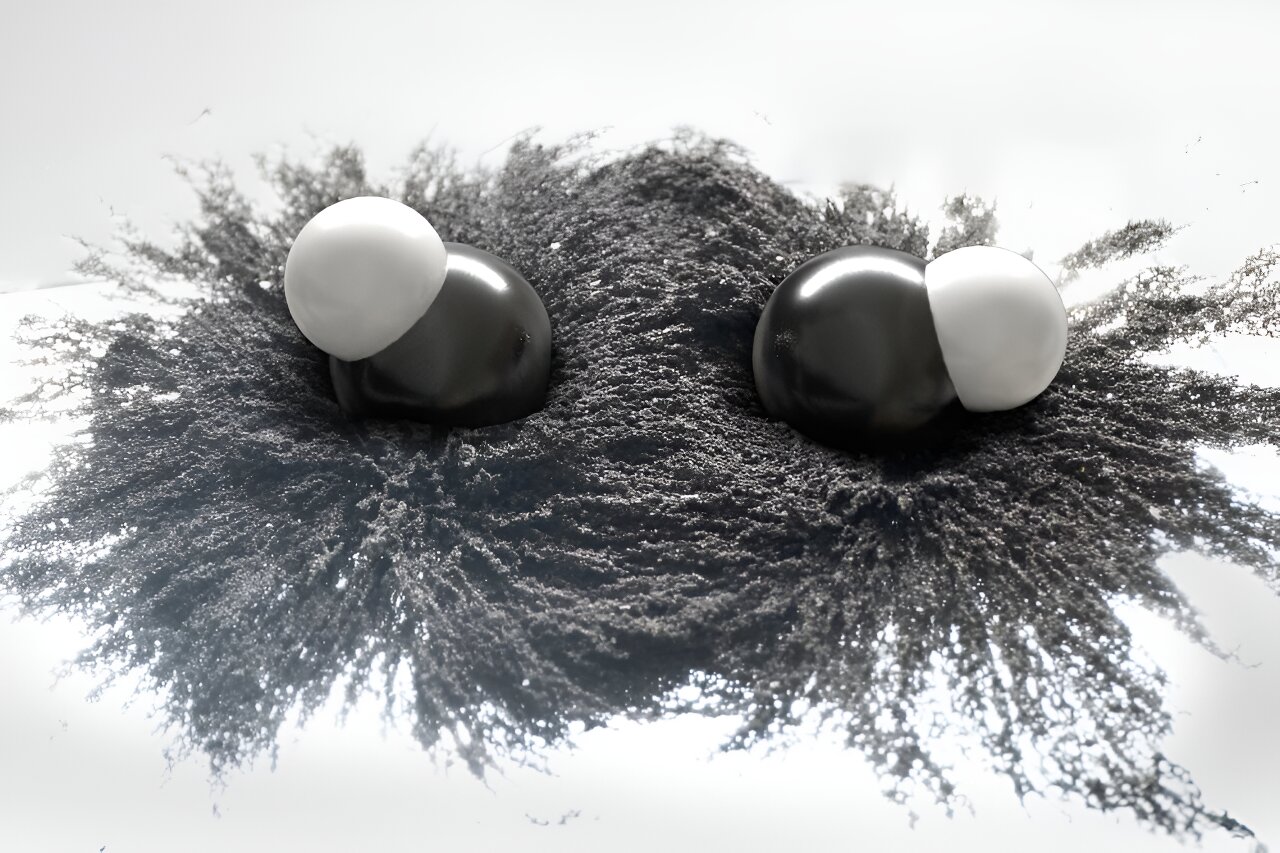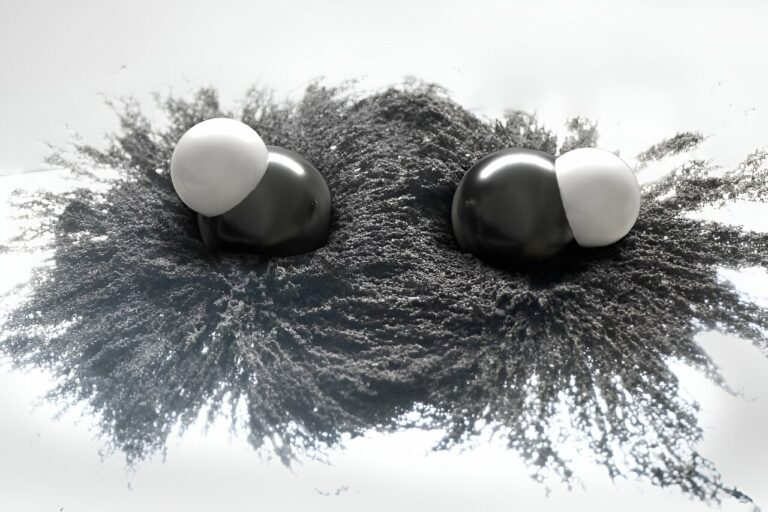Nanokelvin Temperatures Enable the Creation of Initial Tetratomic Supermolecules.
A groundbreaking achievement has been made by a team of experimentalists at the Max Planck Institute of Quantum Optics (MPQ) and theorists at the Chinese Academy of Sciences (CAS). They have successfully populated and stabilized a new type of molecule known as field-linked tetratomic molecules. These unique “supermolecules” are incredibly delicate and can only exist at ultracold temperatures. While their existence had been suspected for some time, this is the first experimental demonstration of their formation.
In this recent study, the researchers have created polyatomic molecules consisting of more than two atoms. These molecules have been cooled down to an astonishing temperature of 134 nanokelvin, which is over 3,000 times colder than previously achieved with tetratomic molecules. This accomplishment not only represents a significant advancement in molecular physics but also provides valuable insights into the study of exotic ultracold matter. The findings of this research have been published in the prestigious journal Nature.
Nearly two decades ago, American theoretical physicist John Bohn and his colleagues predicted a unique type of binding between polar molecules. If these molecules possess an uneven distribution of charge, known as polarity, they can combine in the presence of an electric field to form weakly bound “supermolecules.”

The behavior of these polar molecules can be likened to compass needles enclosed within a rigid shell. When brought into close proximity, these compass needles experience a stronger attraction towards each other than the Earth’s magnetic field, causing them to point towards one another instead of aligning with the north.
Under specific circumstances, polar molecules can exhibit a similar phenomenon where they can form a distinct bound state through electrical forces. This bond can be likened to a tightly embracing dancing couple who also maintain a certain distance between them.
The bound state of supermolecules is considerably weaker than typical chemical bonds, but it extends over much greater distances. In fact, the bond length of supermolecules spans several hundred times the length of regular bonded molecules.
Due to this long-range characteristic, supermolecules are highly responsive. Even a slight alteration in the parameters of the electric field at a critical value can lead to a significant change in the forces between the molecules. This phenomenon is known as “field-linked resonance.” Researchers can utilize this to effectively manipulate the shape and size of the molecules using a microwave field.
A play in three parts: From diatomic to tetratomic molecules
Ultracold polyatomic molecules possess a complex internal structure that presents exciting opportunities in the realms of cold chemistry, precision measurements, and quantum information processing. However, their intricate nature poses a significant obstacle when it comes to employing conventional cooling techniques like direct laser cooling and evaporative cooling.
The “NaK Lab” at MPQ, under the guidance of Dr. Xin-Yu Luo, Dr. Timon Hilker, and Prof. Immanuel Bloch, has made groundbreaking discoveries in recent years that have been published in the esteemed journal Nature. These discoveries have played a pivotal role in overcoming this challenge.
In 2021, the lab’s researchers introduced an innovative cooling technique for polar molecules utilizing a high-power rotating microwave field. This breakthrough allowed them to achieve a new record for low temperatures: a mere 21 billionths of a degree above absolute zero, equivalent to minus 273.15 degrees Celsius.
A year later, the team successfully created the necessary conditions to observe the binding signature between these molecules in scattering experiments. This marked the first-ever indirect evidence of the existence of these exotic constructs that had long been predicted in theory.
Now, there is concrete evidence available as the researchers have successfully generated and stabilized these supermolecules in their experiment. The imaging of these “supermolecules” has revealed their p-wave symmetry, which is a distinctive characteristic crucial for the realization of topological quantum materials. These materials, in turn, have the potential to be significant for fault-tolerant quantum computation.
According to Xing-Yan Chen, Ph.D. Candidate and the first author of the paper, this research will have both immediate and far-reaching implications. The method employed in this study can be applied to a wide range of molecular species, enabling exploration of a greater variety of ultracold polyatomic molecules. In the future, this technique could even facilitate the creation of larger and more long-lasting molecules, which would be particularly intriguing for precision metrology or quantum chemistry.
Dr. Luo, the principal investigator of the experiment, emphasizes the importance of the close collaboration with Prof. Tao Shi and his team from the CAS in achieving these findings. The next objective is to further cool these bosonic “supermolecules” in order to form a Bose-Einstein condensate (BEC), where the molecules move collectively. This prospect holds significant potential for enhancing our fundamental understanding of quantum physics. What’s even more remarkable is that by simply adjusting a microwave field, a BEC of “supermolecules” can transform into a novel quantum fluid of fermionic molecules while still maintaining the unique p-wave symmetry.
This article is republished from PhysORG under a Creative Commons license. Read the original article.
Do not forget to share your opinion with us to provide you with the best posts !




0 Comments